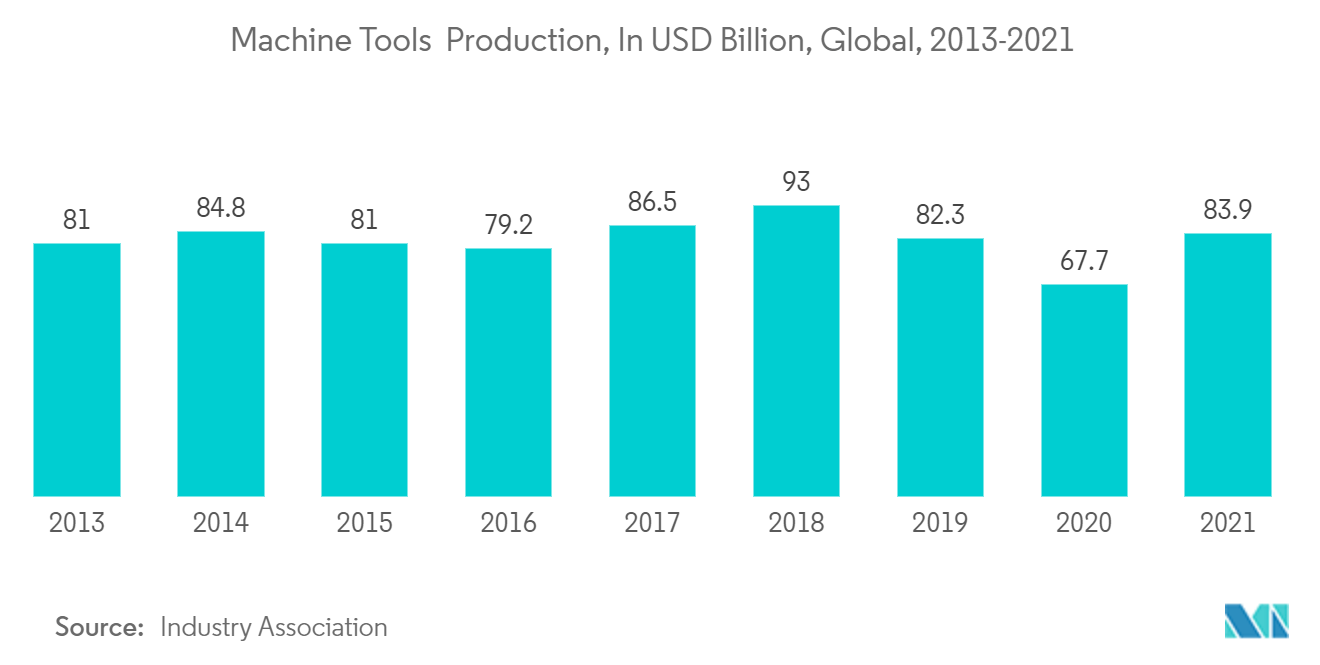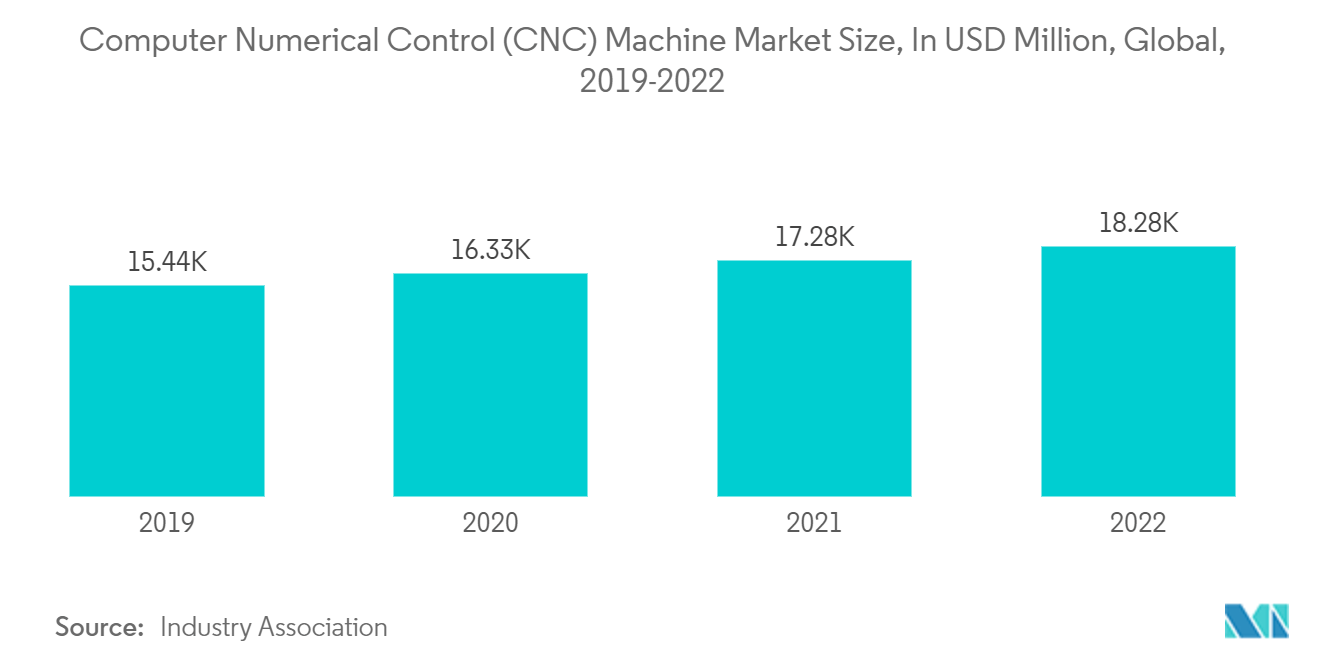Market Trends of Machine Tools Industry
Growth of the Automotive industry is driving the Machine Tool Industry
By 2030, India might be a global leader in shared transportation, opening doors for electric and driverless vehicles. To cut pollutants, electric vehicles are becoming more popular. By 2030, the electric car industry is anticipated to generate five crore employment. Between April 2000 and March 2022, the automobile industry attracted cumulative equity FDI inflows of around 32.84 billion USD. By 2023, the Indian government anticipates that the vehicle industry, key to the machine tool industry will draw 8-10 billion USD in domestic and foreign investments. Around the world, 79.1 million automobiles were produced in 2021, a 1.3% rise from 2020. The number of motor vehicles produced globally in 2020 and 2021 may be found in this infographic.
The European Automobile Manufacturers' Association (ACEA) urges policymakers to create an environment that will allow the market to recover and transition to zero-emission vehicles, as the EU car market is anticipated to contract by more than a quarter in 2019 compared to pre-pandemic 2019 levels. ZEV new registrations reached a significant milestone in 2021, accounting for 5.2% of all newly registered motor vehicles. In Canada, 1.6 million new cars were reported in 2021, a 6.5% increase from the previous year. Together, the three largest provinces in Canada accounted for 93.4% of new zero-emission vehicle registrations in 2021; 42.8% were in Quebec, 27.7% in British Columbia, and 22.9% in Ontario, regions where machine tool companies are likely to see increased demand.

CNC Machine Tools Expected to Dominate the Machine Tools Industry
Computer numerical control (CNC) machines streamline operational processes by reducing production time and minimizing human error. The growing demand for automated manufacturing in the industrial sector has resulted in the increasing usage of CNC machines within the machine tools industry. Also, the establishment of manufacturing facilities in Asia-Pacific has spurred the use of computer numerical controls in the sector.
Many machine tool manufacturers focus on efficient manufacturing techniques to try and gain a competitive advantage in the global machine tools market. They re-design their facilities, which contain CNC machines. Also, the integration of 3D printing with CNC machines is becoming a common addition to some new production units, which is expected to offer better multi-material capability and little resource wastage.
Furthermore, with the rising concerns over global warming and the depletion of energy reserves, CNC machines are actively being used in power generation, as this process requires wide-scale automation.


